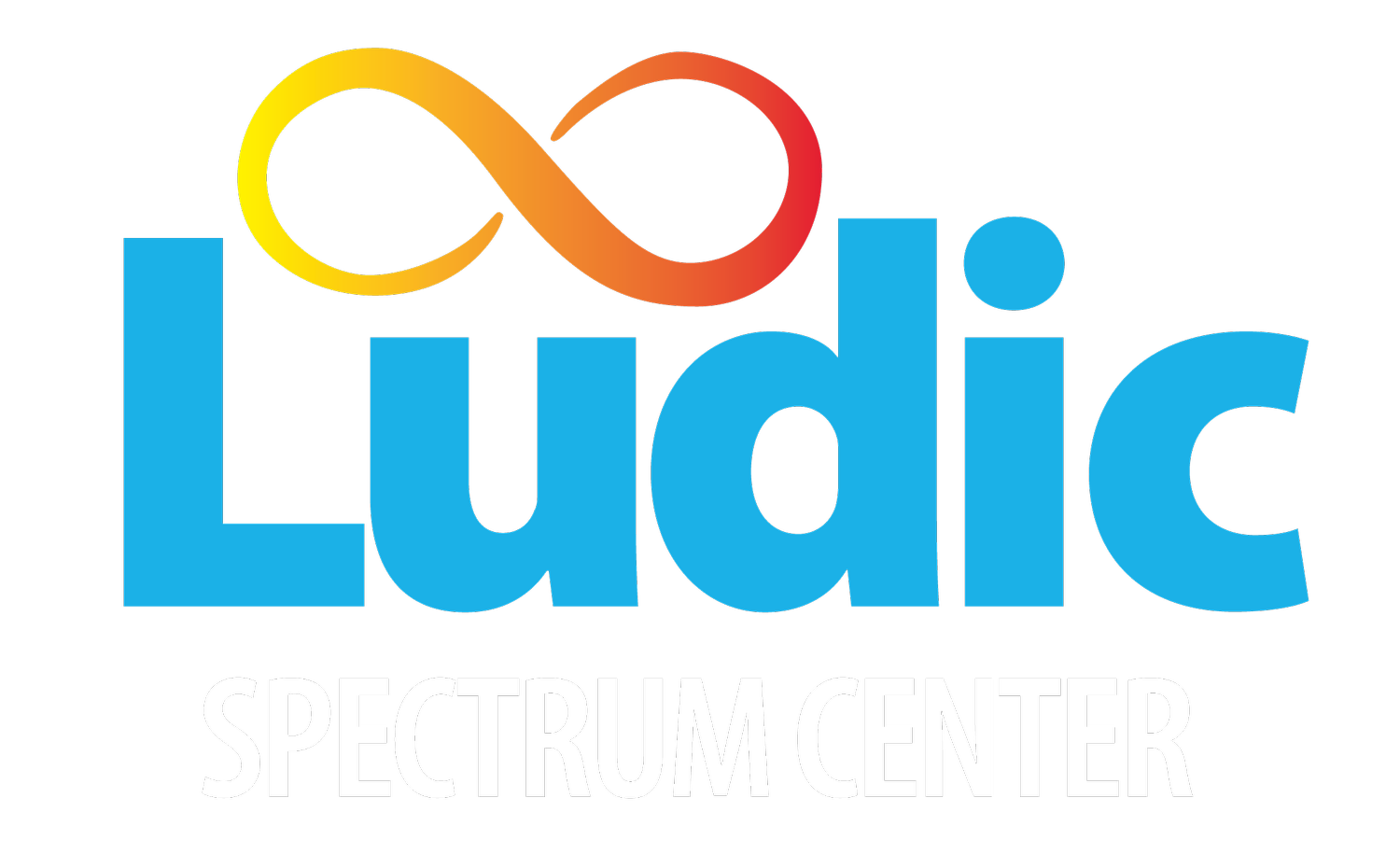Ludic Spectrum Center, Inc. Program Tenets
LOW STUDENT TO TEACHER RATIO
The overall ratio for students to full-time staff is 2.5:1.
HIGHLY QUALIFIED STAFF
The Director of LudicSC, Dr. Tammy Johnson, earned her Ed.D. in special education from Vanderbilt University and is a doctoral level Board Certified Behavior Analyst (BCBA-D) which is the highest standard for treatment of students with ASD. The two additional classroom teachers are certified in special education and elementary education and have advanced degrees. The remainder of our full-time staff have associates or bachelors degrees and a minimum of 2 years of experience in the field of ABA and ASD.
INDIVIDUALIZATION
Each student receives individualized instruction which is developed based their unique needs and as ongoing evaluation dictates.
ABA
The LudicSC Program utilizes Verbal Behavior/Applied Behavior Analysis (ABA) techniques supported by research to be effective for students with ASD. These techniques include: modeling, shaping, prompting, prompt fading, positive and negative reinforcement, overcorrection, positive practice, and conducting functional analyses of behaviors. It is important for Board Certified Behavior Analysts to oversee ABA programs. LudicSC’s director, Dr. Tammy Johnson, is a doctoral level Board Certified Behavior Analyst (BCBA-D).
LANGUAGE-RICH ENVIRONMENT
Due to the language deficiencies of individuals with ASD, we offer a language-rich environment at LudicSC by modeling, prompting, and fading the prompts for appropriate language.
ALTERNATIVE COMMUNICATION SYSTEMS
As is common in the population of individuals with ASD in general, some LudicSC students do not speak. We teach these students an alternative means of communicating. Alternative communication options include (but are not limited to): (a) sign language, (b) Picture Exchange Communication System (PECS) in which the student is taught to utilize pictures to make requests and participate in other communication, and (c) other picture communication devices. Because individuals with ASD tend to be highly visual, we find that these options can also improve the communication skills of students who already use spoken language.
VISUAL SCHEDULES
Again, because students with ASD tend to be highly visual, visual cues serve to assist the students in processing information. LudicSC uses visual schedules as a strategy to help some students complete sequences such as transitioning from one activity to next or complete activities with multiple steps.

